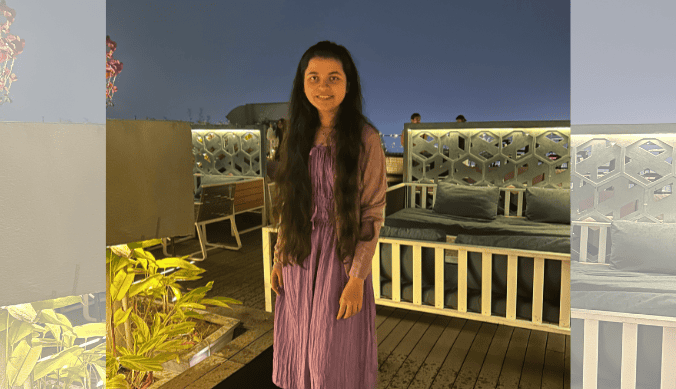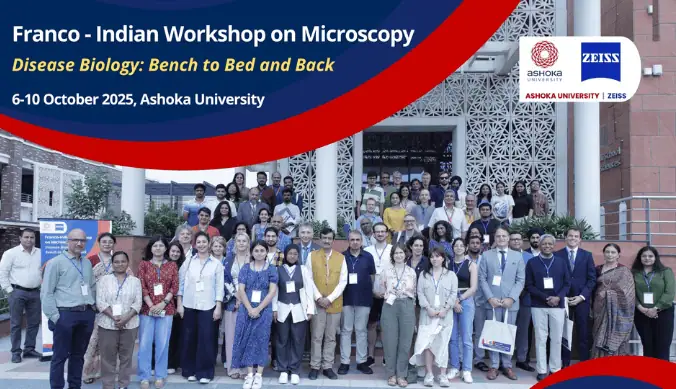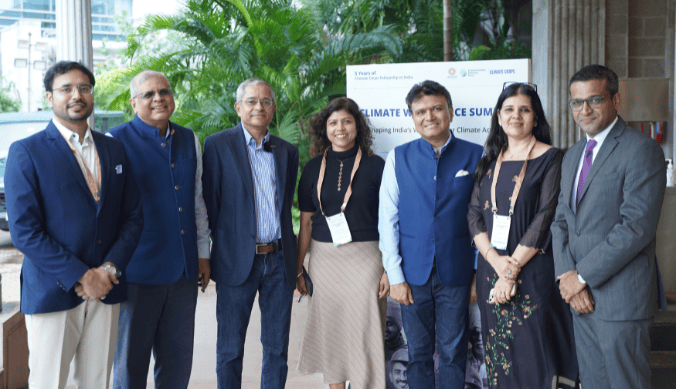Clubbing Entrepreneurially: Creating Social Impact Like a Startup
Kiah Singhal (UG2023) and Manavi Jain (UG2023) trace the Entrepreneurial Journey of Rotaract Ashoka, a student-led service club that turns ideas into scalable ventures for lasting impact.
At the Rotaract Club of Ashoka University, social service has evolved from a heartfelt pursuit into a structured, impactful enterprise for change. Each initiative begins with an idea, grows through experimentation, and matures into a scalable model for social impact, much like a startup finding its product-market fit. What began as a handful of small projects has now evolved into six sustainable long-term ventures: Project Pankh, Project Badlaav, Project Adhyayan, Project Kalakaar, Project Adhikaar, and Project Asha, designed, tested, and scaled by young changemakers determined to create lasting impact.
From education and mental health to creative empowerment and financial literacy, these projects show what happens when students think like entrepreneurs and test solutions in real time. It is this belief in “learning by doing” that shapes how Rotaract Ashoka transforms intent into impact.
Just like the start of any entrepreneurial venture, every project at Rotaract began as a student-led prototype. Project Adhyayan, for instance, started with simple academic tutoring sessions. But as the team assessed its early impact, they realised the traditional model was not delivering the desired outcomes and, for a brief moment, even considered scrapping the project altogether. After a lot of deliberation, the team chose to pivot rather than quit. By collaborating with high school NGOs and external organisations, they introduced new elements such as activity-based learning, hands-on experiments, and structured worksheets. This shift not only increased impact but also transformed Adhyayan into a proof of how tweaks in frameworks may change the outcome altogether.
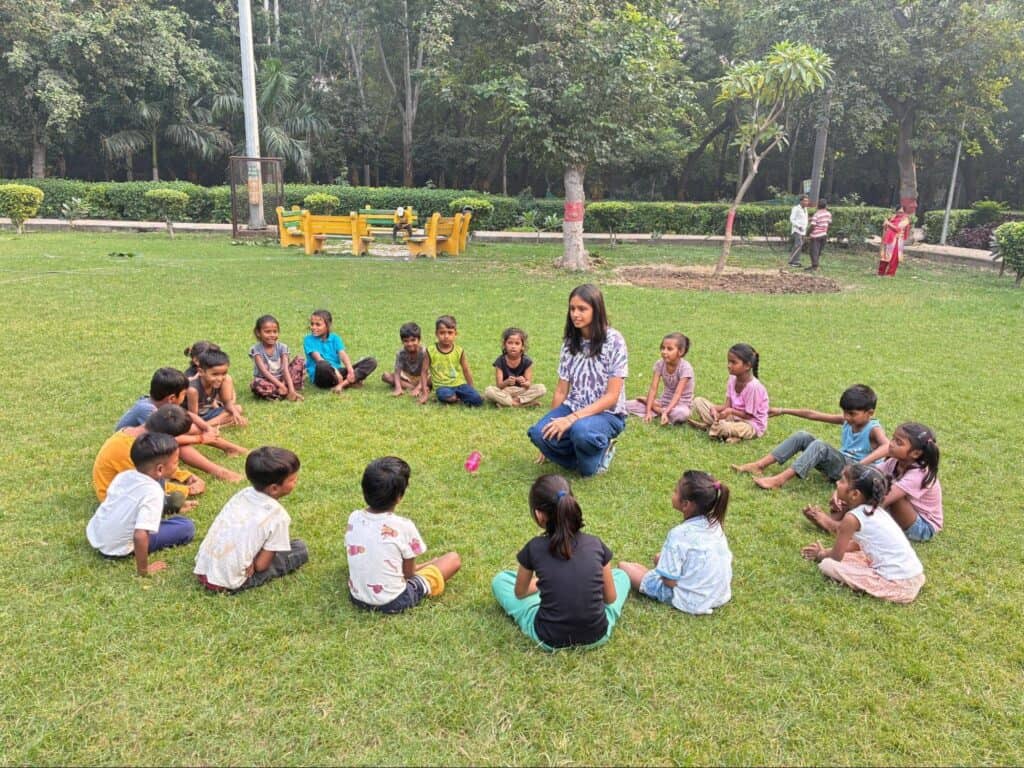
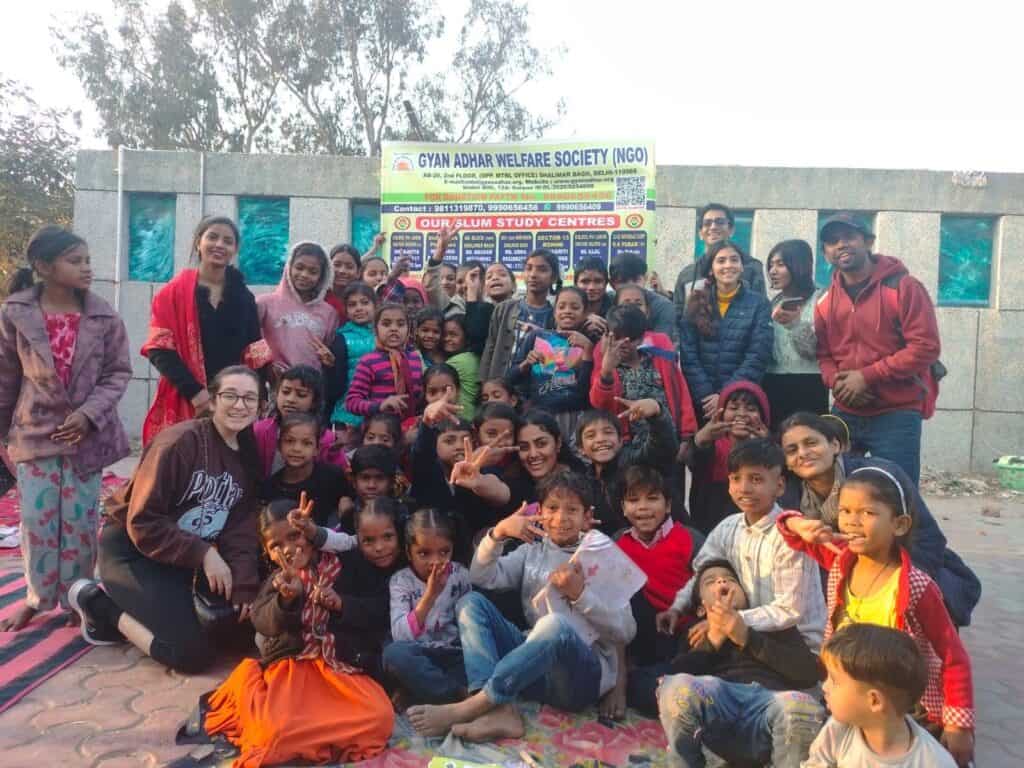
Project Badlaav followed a similar journey. Initially built on a “4 weeks, 4 topics” model, the project soon revealed a key learning that impact was getting diluted because the team was trying to do too much at once. Through feedback and observation, the project was transformed into an age-specific framework that delivers targeted sessions on mental health, physical activity, and career growth. The shift reflected an important insight about dilution of impact and tailoring the approach to the target audience.
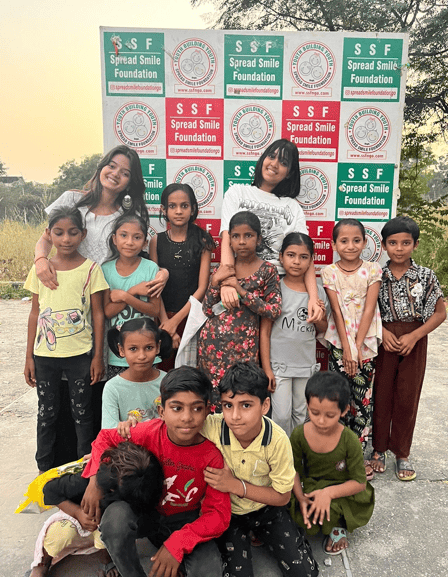
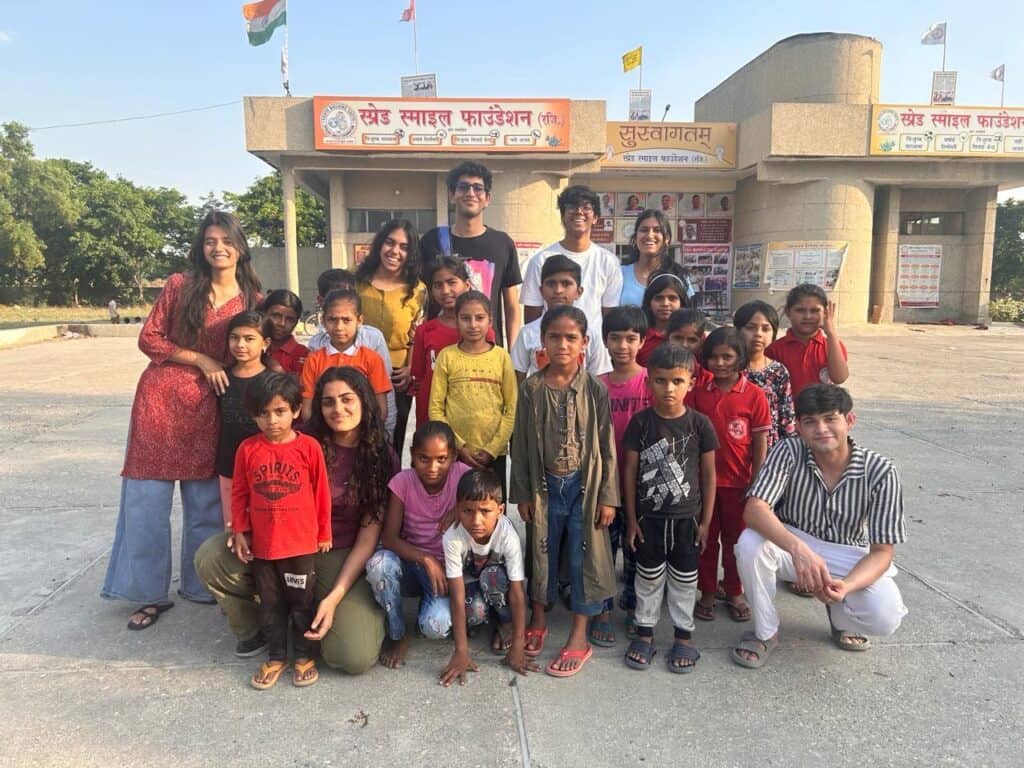
Project Pankh showcases how entrepreneurial thinking can challenge norms and create inclusive markets of change. Initially focused on menstrual health and hygiene for adolescent girls, it expanded to include boys in discussions around sexual health and hygiene, addressing an overlooked segment. The project, through external organisation collaborations, developed a cost-effective sanitary distribution system with each session, facilitating over 450 sanitary pad donations. Similarly, Project Kalakaar began just as art and craft sessions evolved into a multidisciplinary platform that integrates theatre, dance, music, and art as a form of self-expression. By collaborating with campus clubs and organisations, Kalakaar has used existing institutional resources to generate value, giving children exposure beyond academics. The evolution of these projects underscores how expansion, collaboration and leveraging networks lie at the heart of entrepreneurial ventures.
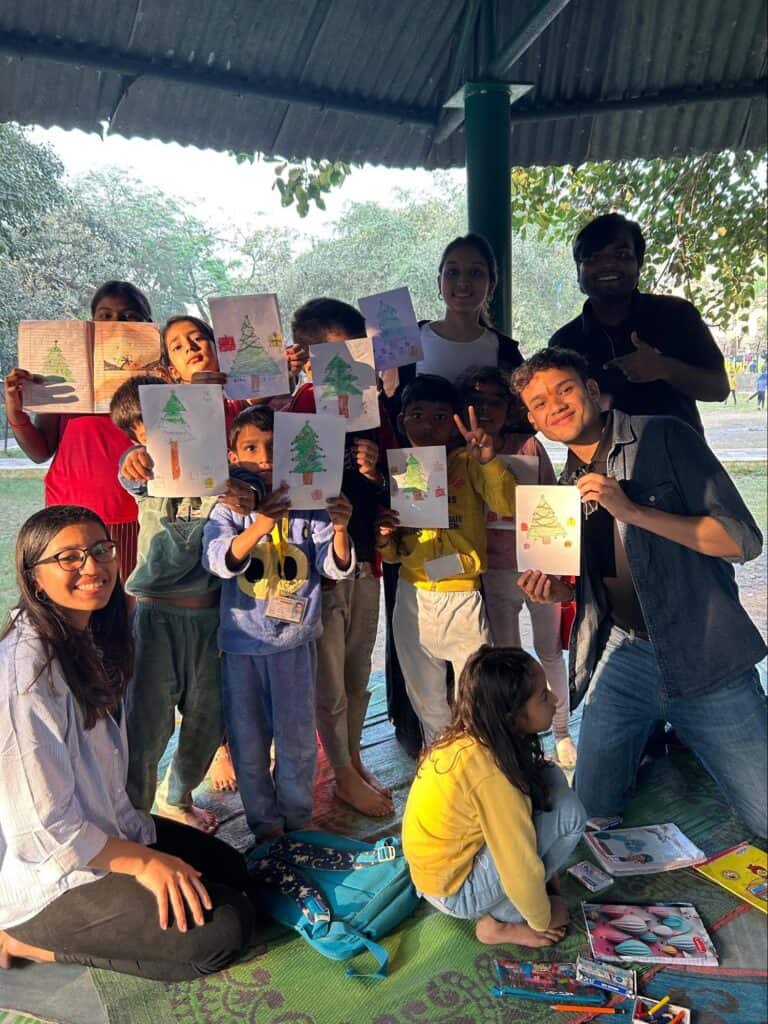
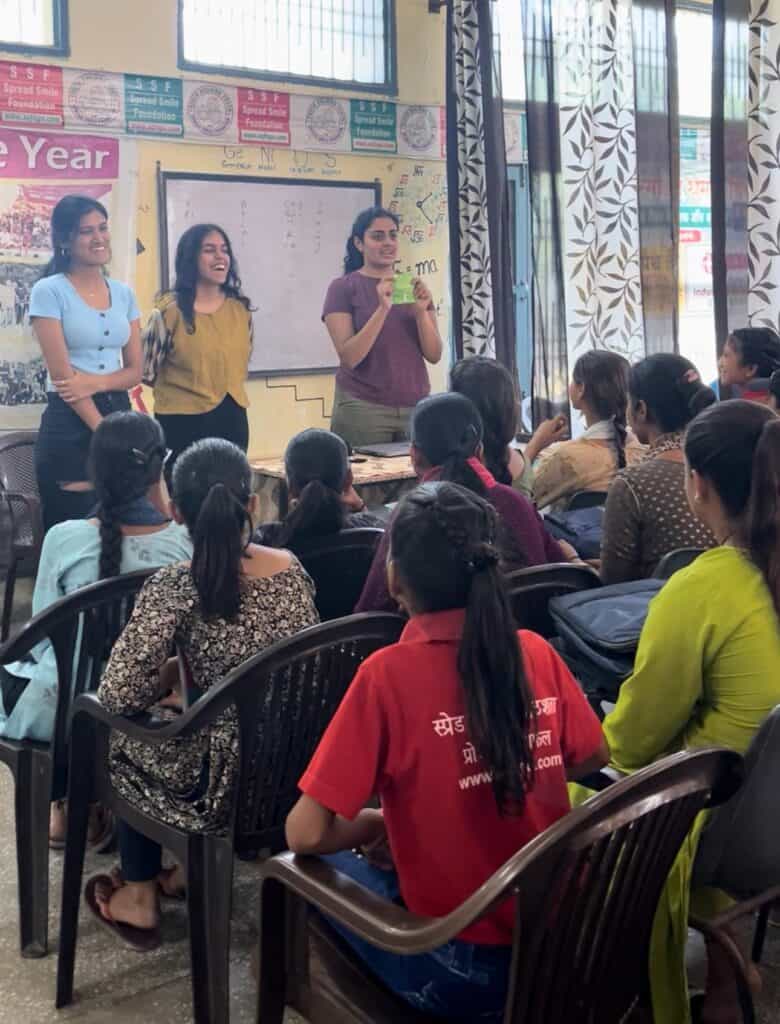


Project Adhikaar is designed to address the gap in legal and financial literacy through structured learning modules and practical implementation. Beyond awareness, it has facilitated over 50 ABHA (Ayushman Bharat Health Account) registrations and 20 PM-JAY government scheme enrollments. Its newest scaling involves empowering women through alternate employment and forming them into a Self-Help Group (SHG), marking a shift from aid to enterprise. Adhikaar’s progress has been built on months of research, trial, and learning from missteps. The project continues to evolve, with a long path ahead of refining its model, testing new ways, and learning on the ground. It embodies the entrepreneurial journey to build micro-founders from underprivileged women to change their lives for the better.

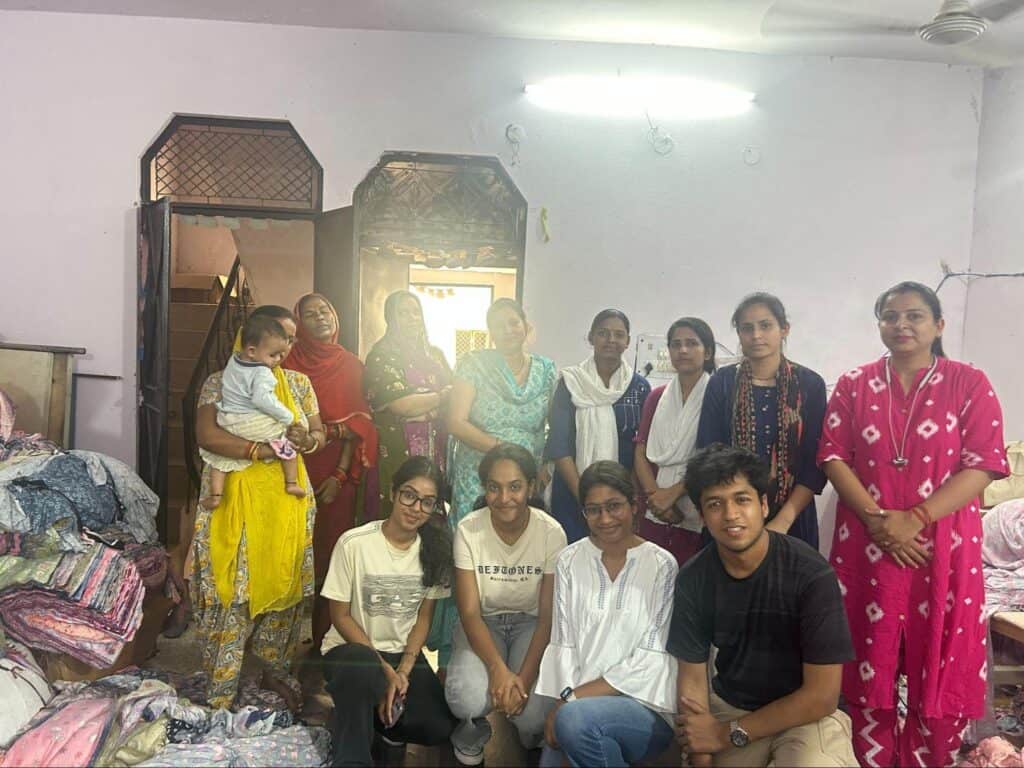
Lastly, Project Asha works to improve the lives of the slum community adjacent to Ashoka through needs-based resource distribution and consistent engagement. By focusing on small, sustained actions and fostering trust within the community, Asha demonstrates that innovation alone doesn’t sustain social initiatives but also persistence. It’s a reminder of the importance of deepening local footprints and creating meaningful change right at home.
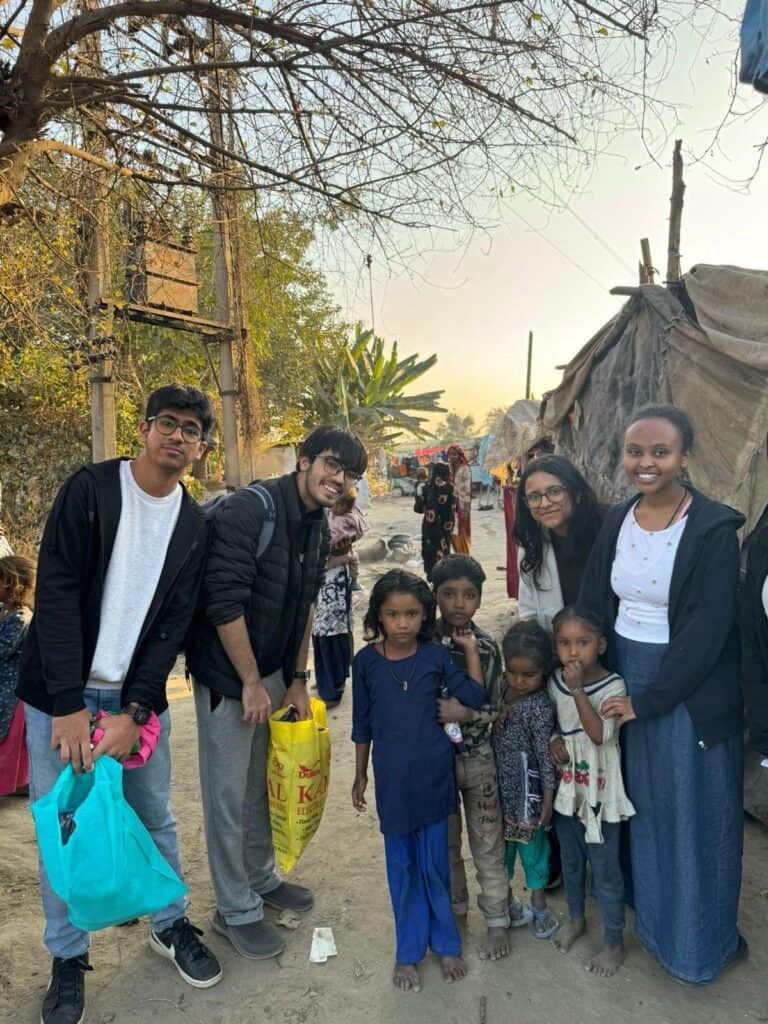
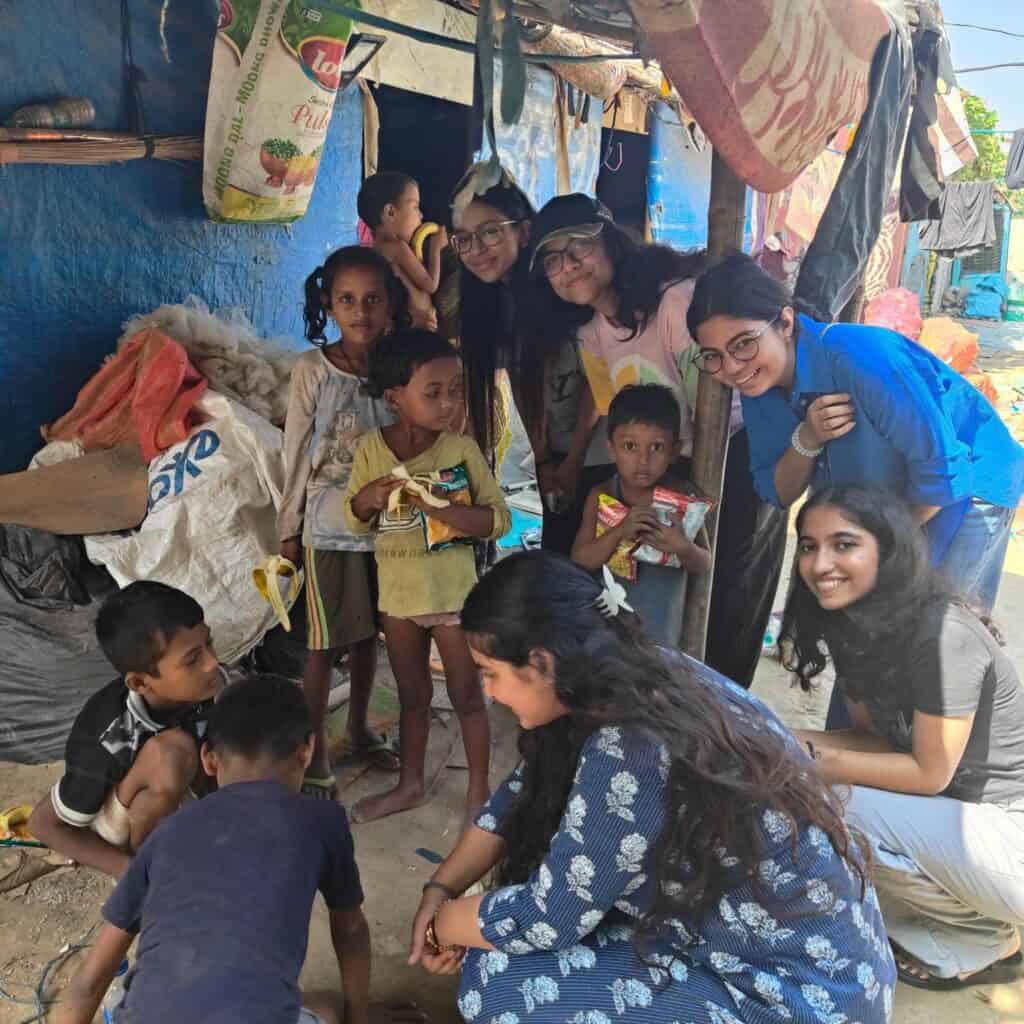
Behind these six projects lies a leadership structure that mirrors a startup ecosystem. Each project is led by three Project Chairs, who guide teams of 7-10 members responsible for ideation, curriculum design, and on-ground execution. These Chairs report to three Heads of the External Engagement Department who oversee operations, quality, and alignment across projects. The Directors, in turn, report to the two Presidents who act as strategic leads ensuring coherence, sustainability, and external partnerships. Supporting this vertical are the core functional teams of Internal Campus Engagement and Fundraising, Finance and Social Media, each analogous to a company’s business units, enabling projects to run effectively.

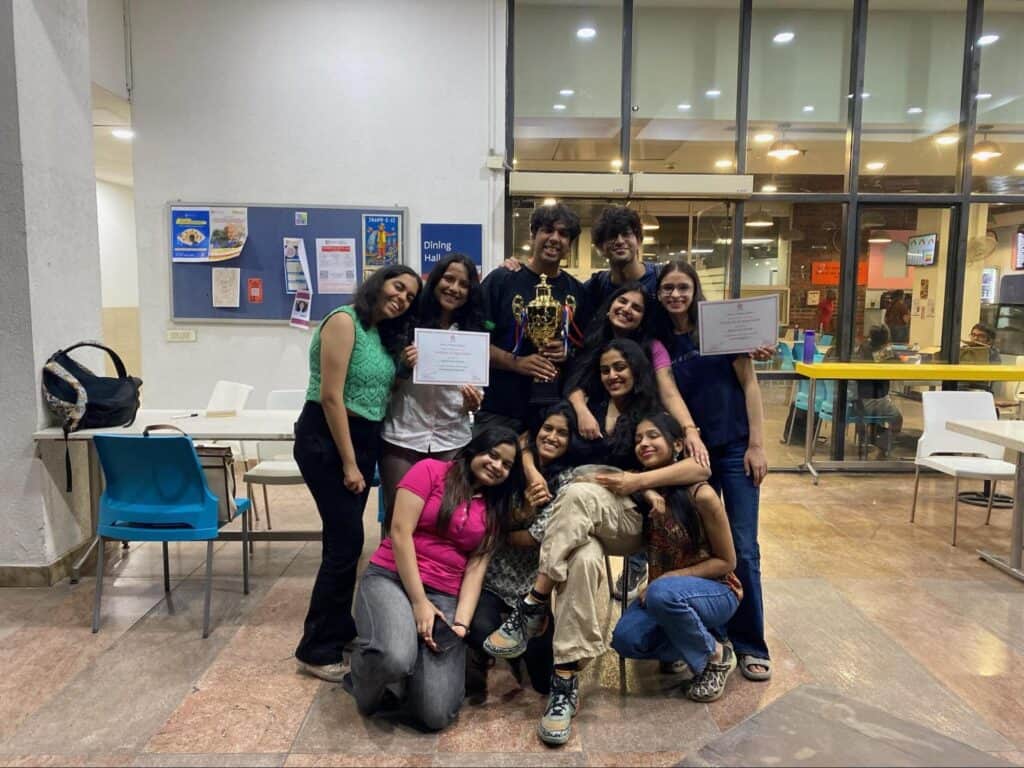
In the past year alone, Rotaract Ashoka has conducted over 50 sessions across five NGOs, reaching more than 2,200 beneficiaries. Together, these six projects represent more than community outreach but display a living incubator of social entrepreneurship, where every challenge sparks creativity and every idea becomes a prototype for impact by the youth.
At the Rotaract Club of Ashoka University, the goal is clear: to nurture the next generation of leaders and changemakers who build not just for themselves, but for the growth and betterment of the communities around them.
Study at Ashoka








